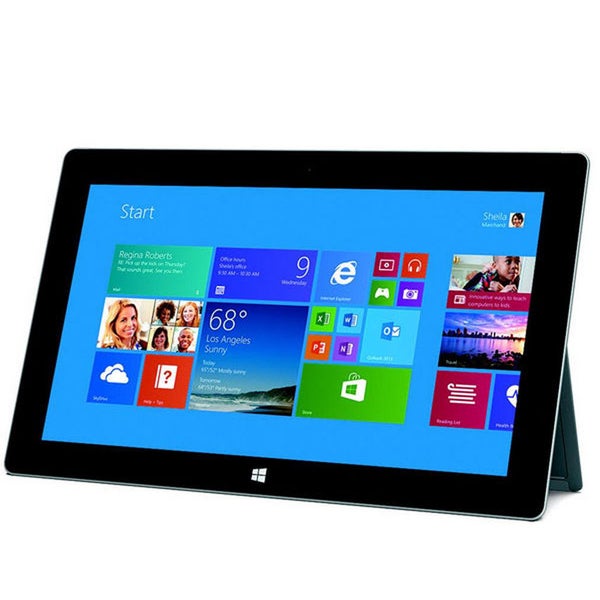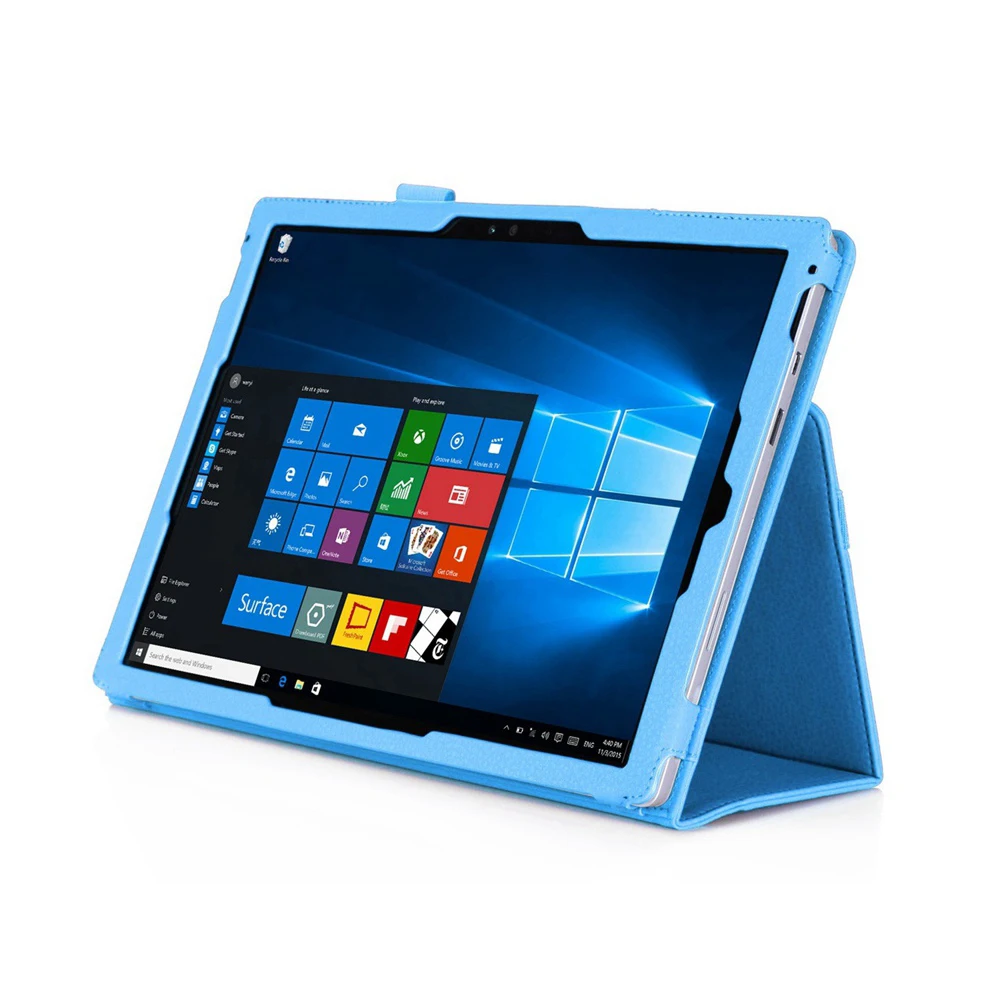
- #Surface 3 tablet tn5250 android#
- #Surface 3 tablet tn5250 pro#
- #Surface 3 tablet tn5250 windows 8.1#
- #Surface 3 tablet tn5250 windows#
This new model, despite its bulk, takes a more unique direction.
#Surface 3 tablet tn5250 android#
Sticking with ARM would’ve allowed a much thinner design, but it also would’ve placed the Surface 3 in direct competition with Android and iOS, a battle it’d never win. That the new model isn’t substantially slimmer or lighter than its predecessor is a disappointment, but it’s the price paid for the move to an Intel x86 processor, even if it’s an efficient Atom. In fact, there’s kind of four positions, as the stand will also support an almost 90-degree angle if you’re using the Surface 3 on a desk (trying this on your lap will cause the hinge to either snap shut or into the first of its “real” positions).

The first is nearly upright, the second offers a significant incline, and the final lays the tablet back almost 45 degrees. Microsoft’s engineers have also reduced the size of the plastic strip that houses the wireless antenna.Ī minor change can be found in the kickstand, too, if you look for it: The new model supports three positions, rather than two. Now they’re on the same edge, at the top of the Surface 3 when it’s used as a PC, which makes avoiding unintentional bumps less likely. They used to be located far apart, on perpendicular edges, which meant the buttons were too often in the way. The main difference is the location of the power and volume buttons.

Thickness has dropped by just two-tenths of a millimeter, and weight has dropped only a few grams.Ĭompared side-by-side with the previous budget Surface, it can be hard to tell the new model from the old. And it’s not much of an improvement compared to the Surface 2. It’s noticeably heavier than our favorite dedicated tablets, such as the iPad Air 2 and Dell Venue 8 7000, however. At 1.37 pounds, this latest model weighs a bit less than a 4th-generation iPad. With past models, the sharp edges of this design caused ergonomic problems, as pointy corners could dig into a user’s palms the Surface 3 is so light that this has become a non-issue. Instead it went with a more industrial, slate-like aesthetic with beveled sides and hard lines rather than rounded sides or a curved back. From the start, the themes of Surface design have been polish and quality, fit and finish, but the company didn’t just copy Apple. No one can claim Microsoft has ripped off another company’s design for the Surface line. So is Panay right, and the Surface 3 is a device people can love? Or is the company’s faith in Surface misguided? Design
#Surface 3 tablet tn5250 pro#
Unlike the Surface Pro 3, which is clearly built with a specific set of business travelers in mind, the Surface 3 is a device that could be an alternative to an iPad, a notebook, or both, and is priced to fit almost anyone’s budget. The Surface 3 puts that idea to the test. These aren’t all-star specifications, and the Surface 3 is certainly less capable (on paper, at least) than larger competitors.īut Microsoft has always contended that the Surface line’s dual functionality is its key strength, specifications be damned. Our review model was upgraded to four gigabytes of memory and a 128GB SSD, inflating the price from $499 to $599. The device has a small 10-inch display and, in its standard configuration, comes with just two gigabytes of RAM alongside a 64GB solid state drive.

#Surface 3 tablet tn5250 windows#
Leaping from Windows RT to 8.1 addresses that issue, but it’s not the only limitation Surface 3 must conquer. The problem with the base-line Surface has always been limited functionality. New hardware is always a boon, but it’s not the processor that held Surface back in the past. That should mean greater performance and efficiency than any previous Atom device. It’s also based on Cherry Trail, Intel’s latest version of the Atom platform. This quad-core chip is clocked at 1.6GHz with a maximum burst speed of 2.4GHz.
#Surface 3 tablet tn5250 windows 8.1#
Unlike those tablets, this new model runs Windows 8.1 on an Intel x86 processor, the Atom x7-Z8700. Starting at $499, the Surface 3 is a successor to the Surface RT and Surface 2, which used the limited Windows RT operating system. Microsoft clearly believes that: Rather than abandoning the lineup that has cost it a billion to date, the company has tweaked and refined the Surface, introducing multiple new models - including the affordable new Surface 3.

“Having a product that people love is the most important thing,” he told CNN. Surface creator Panos Panay recently discussed the billion-dollar financial hit Microsoft took after the introduction of the original.


 0 kommentar(er)
0 kommentar(er)
